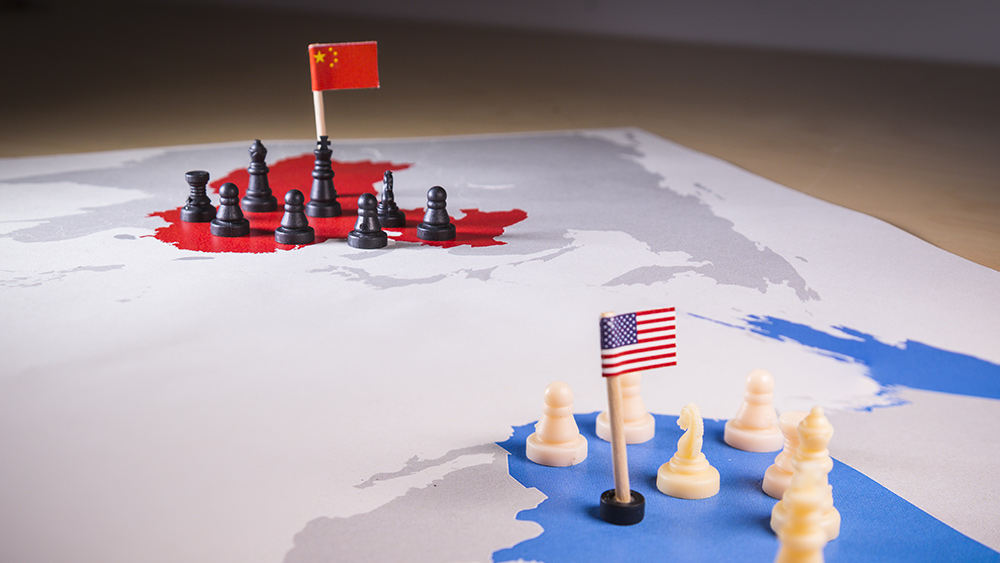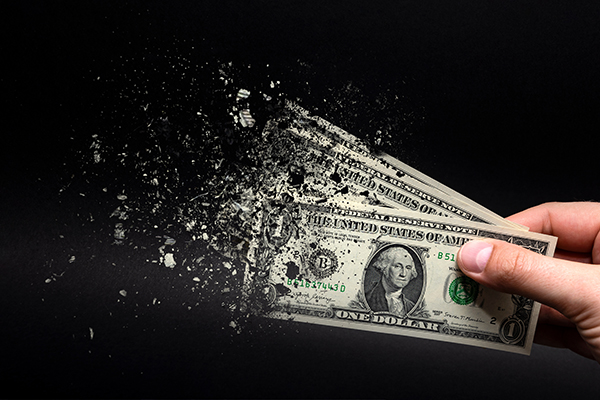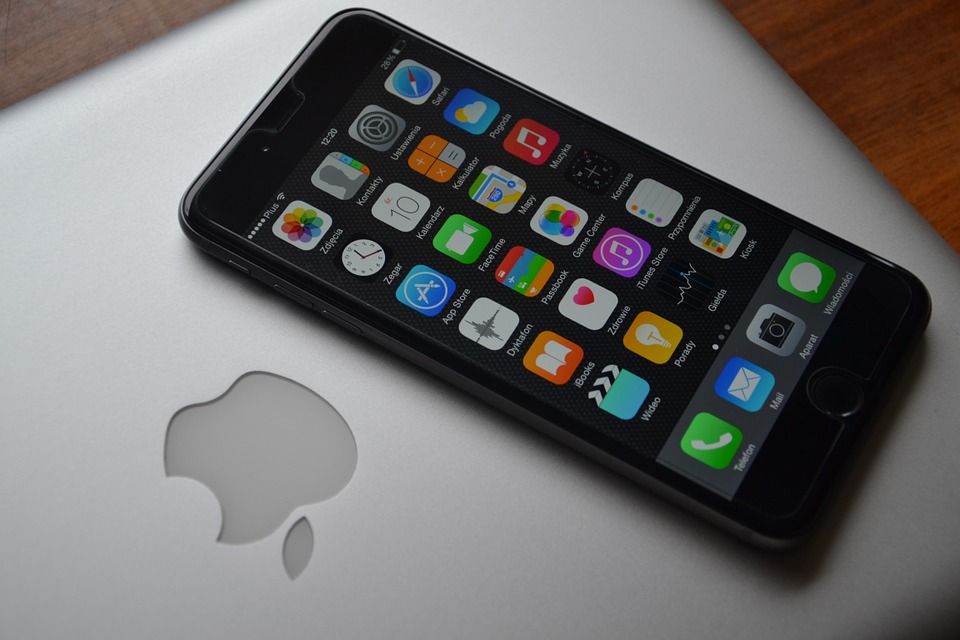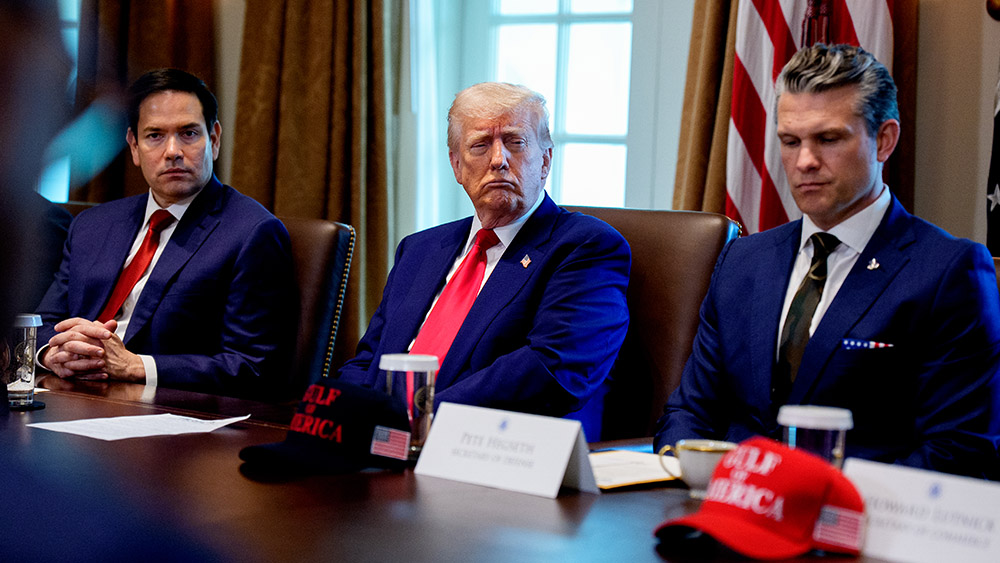 Parler
Parler Gab
Gab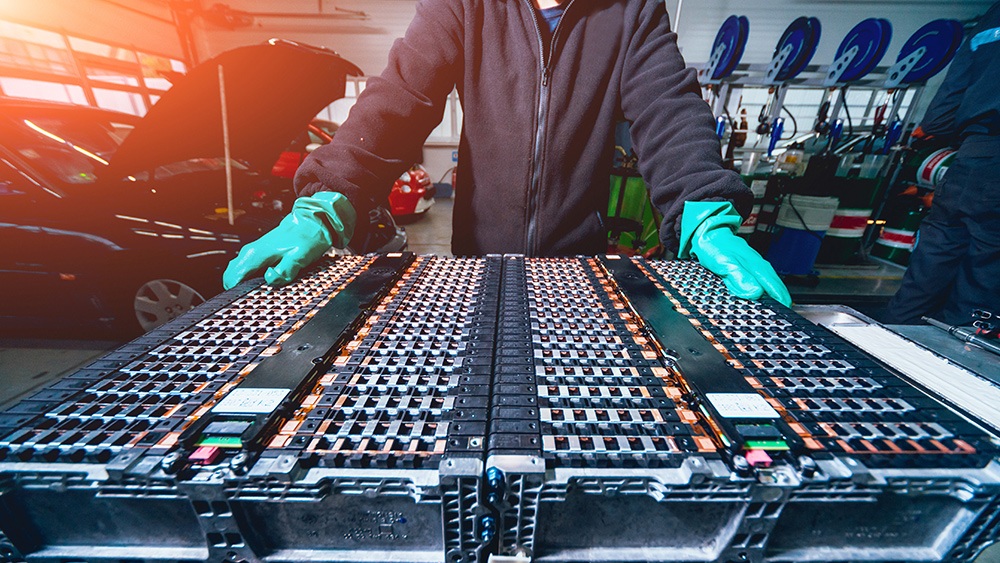
- China establishes GB/T 44265-2024, its first grid-scale sodium battery standard, pushing ahead with alternative energy storage solutions.
- Highstar Sodium Battery becomes the first certified company under the new standard, showcasing innovative sodium-ion technology.
- Sodium-ion batteries outperform lithium in cost, safety, and sustainability, with 10,000+ cycles and extreme temperature resilience.
- Sodium is abundant & cheap, reducing dependence on lithium mining (often linked to environmental and geopolitical conflicts).
- Highstar’s batteries pass rigorous safety tests, including nailing without explosions, proving they are safer than volatile lithium-ion.
- China’s 2025 energy plan accelerates sodium-ion adoption, positioning it as a key player in grid storage, EVs, and telecom backup systems.
China’s sodium battery revolution challenges lithium’s dominance
The GB/T 44265-2024 certification, enacted in April 2024, sets rigorous benchmarks for performance, safety, and longevity in grid-scale energy storage. Highstar Sodium Battery, a subsidiary of Jiangsu Highstar Battery Manufacturing Co., Ltd., became the first company certified, proving that sodium-ion technology is not just viable — it’s superior. For decades, lithium-ion batteries have dominated the EV and energy storage sectors, propped up by corporate interests and government subsidies. However, critical flaws linger:- Skyrocketing lithium costs (up 400% in recent years).
- Geopolitical instability—lithium mining is concentrated in Chile, Australia, and China, leaving other nations vulnerable.
- Environmental destruction from toxic extraction processes.
- Cheaper (costs 1-3% of lithium prices).
- Safer (non-flammable, unlike volatile lithium-ion).
- Sustainable (no ethical mining concerns).
- Cold-resistant (works flawlessly in sub-zero temperatures—where lithium fails).
Highstar’s breakthrough: A new era in energy storage
Highstar’s technology is not just competitive — it’s revolutionary. Their polyanion cathode (NFPP) design ensures:- Unmatched safety, passing nail penetration tests without explosions or fire (a major hazard with lithium).
- Wide temperature range (-40°C to 85°C), making it ideal for harsh climates.
- Fast charging at high power levels, critical for EVs and grid storage.
- Eco-friendly production, avoiding the polluting processes of lithium mining.
The global shift: A win against big lithium?
While Western governments push for lithium dependency, China is proving that cheaper, safer alternatives exist. Some key developments:- Highstar secured IEC 62619 certification (TÜV SÜD) — making it the first globally recognized sodium-ion battery maker.
- UL certification ensures compliance with international standards, opening doors for European and U.S. markets.
- Deployments already happening in telecom backup, commercial energy storage, and low-speed EVs.
- Grid Storage & Stationary Applications: Since weight and size are less crucial for large-scale energy storage, Na-ion’s lower cost and safety advantages make it a strong contender for renewable energy smoothing and backup power.
- Low-Cost Electric Vehicles (EVs): For urban EVs, e-bikes, and short-range electric vehicles, energy density is less critical than affordability and safety. Sodium-ion batteries could dominate this segment.
- Consumer Electronics (Secondary Market): Non-premium electronics (e.g., power banks, home appliances) may shift to Na-ion for cheaper, safer operation.
- Abundant, widely available sodium reserves (no geopolitical constraints like lithium mining).
- Lower water usage during production—a major ethical concern with lithium extraction.
- Easier recycling due to simpler chemistry.
- Costs will likely fall faster than lithium as production scales, making Na-ion highly competitive.
U.S. and China edge toward trade talks, but sticking points remain
By Ava Grace // Share
Apple to shift iPhone production to India by 2026 amid U.S.-China trade war
By Willow Tohi // Share
Trump’s defense of tariffs as economic strategy sparks debate over trade and consumer impact
By Willow Tohi // Share
By Finn Heartley // Share
Governments continue to obscure COVID-19 vaccine data amid rising concerns over excess deaths
By patricklewis // Share
Tech giant Microsoft backs EXTINCTION with its support of carbon capture programs
By ramontomeydw // Share
Germany to resume arms exports to Israel despite repeated ceasefire violations
By isabelle // Share
